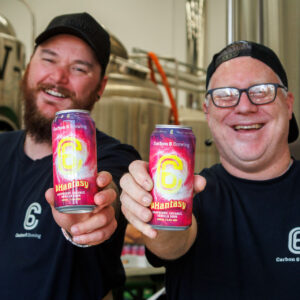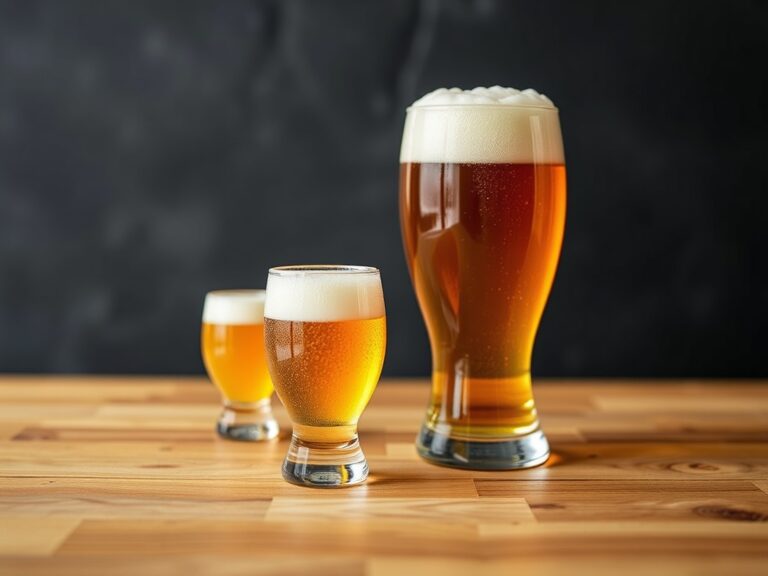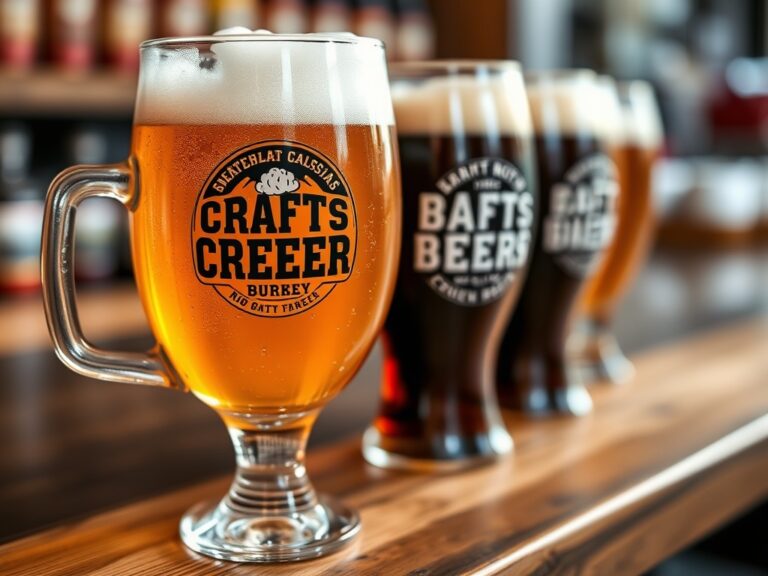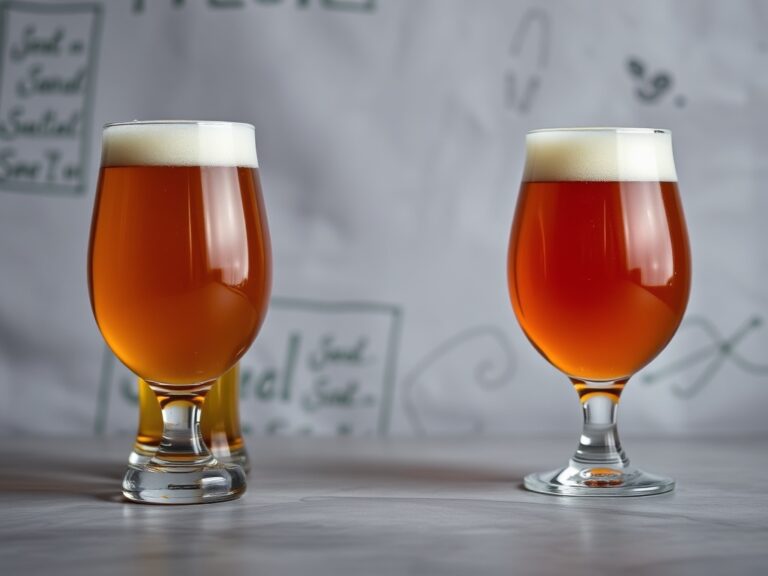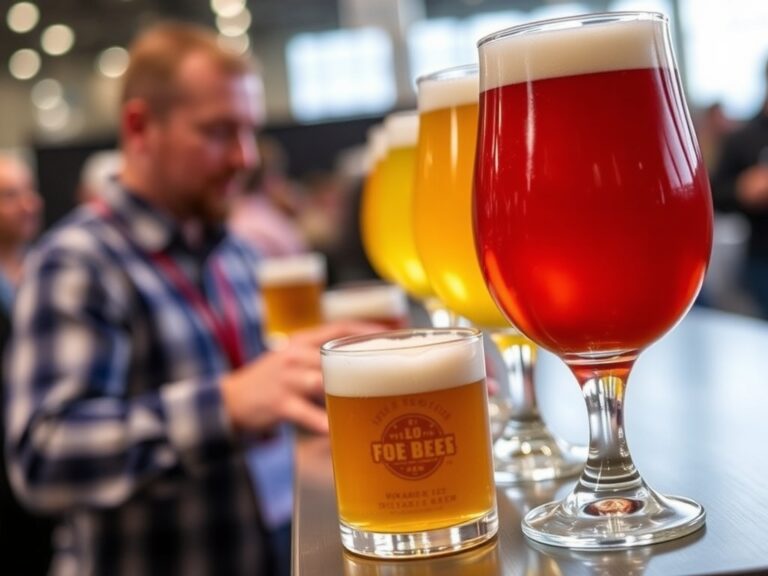Hop District Brewing: Elevate Your Beer Journey with Community-Driven Innovation and Unique Flavors
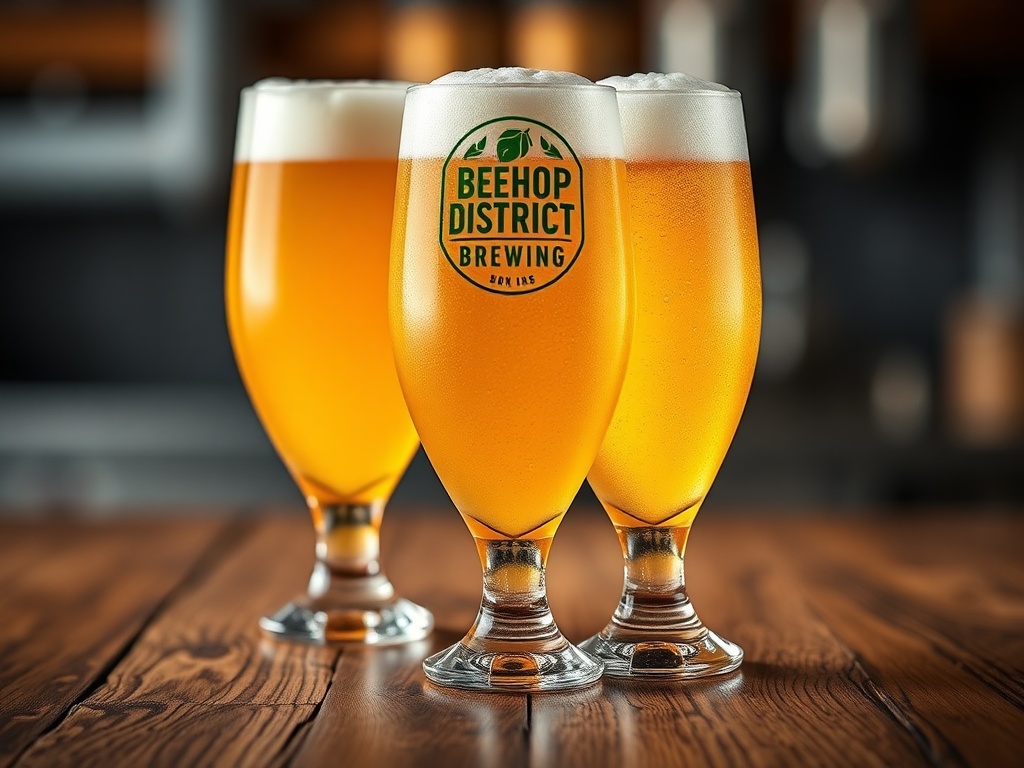
Introduction to hop district brewing
In my experience exploring the world of craft beer, I’ve found that hop district brewing stands out as a beacon of innovation and community passion. When I first heard about hop district brewing, I was immediately intrigued by its reputation for pushing the boundaries of traditional brewing techniques while fostering a vibrant local community. From what I’ve learned, hop district brewing isn’t just about creating great beer—it’s about building a shared experience and elevating the craft to new heights. I want to share what I’ve discovered about this exciting brewing scene and why I believe it’s redefining the beer landscape.
My journey into hop district brewing began with a simple taste test at a local brewery, and I quickly became captivated by its distinctive flavors and engaging story. I’ve come to appreciate how this brewing movement emphasizes collaboration, sustainability, and inventive use of ingredients. If you’re passionate about craft beer or looking to explore innovative flavors, I think you’ll find my insights into hop district brewing both inspiring and practical.
The Essence of hop district brewing
In my research and firsthand experiences, I’ve discovered that the core of hop district brewing lies in its community-centric approach and dedication to quality. This movement isn’t just about brewing beer; it’s about creating a culture where local ingredients, innovative techniques, and community involvement come together harmoniously. From what I’ve observed, hop district brewing communities often collaborate with local farms and artisans, which results in truly unique flavors that can’t be found elsewhere.
**H3: The Philosophy Behind Hop District Brewing**
I’ve found that many hop district breweries prioritize sustainability and local sourcing, which resonates with my values as a craft beer enthusiast. This focus on community and environmental responsibility elevates their beers beyond mere taste—it makes each sip a statement of shared commitment. From my personal visits, I’ve seen how these breweries foster a sense of belonging and pride among locals, which enriches the entire beer experience.
**H3: The Role of Innovation in Hop District Brewing**
From what I’ve learned, hop district brewing is synonymous with experimentation. I’ve discovered breweries that are constantly trying new hop blends, fermentation techniques, and even unconventional ingredients like herbs and fruit. Their willingness to push boundaries not only results in exciting new flavors but also inspires other brewers to innovate. I recommend keeping an eye on these innovations if you want to taste the future of craft beer.
**H3: The Impact on Local Economies**
In my experience, hop district brewing has a positive ripple effect on local economies. I’ve seen how these breweries support local farmers and artisans, creating a sustainable ecosystem that benefits everyone. This community-driven model is one of the reasons I believe hop district brewing is vital for the growth of the craft beer industry.
Community-Driven Innovation in hop district brewing
In my opinion, one of the most compelling aspects of hop district brewing is its emphasis on community involvement and innovation. I’ve personally visited several hop district breweries where local residents are actively engaged in brewing events, tasting sessions, and educational programs. This level of community participation fosters a sense of ownership and pride that I find inspiring.
**H3: Collaborative Brewing Projects**
I’ve discovered that many hop district breweries collaborate with other local businesses and even homebrewers to create limited-edition beers. These collaborations often result in some of the most inventive and memorable flavors I’ve ever experienced. From my perspective, these projects highlight the spirit of innovation at the heart of hop district brewing.
**H3: Supporting Local Artisans and Farmers**
From what I’ve learned, hop district brewing is deeply rooted in supporting local artisans and farmers. I’ve visited breweries that source their hops and grains directly from nearby farms, ensuring freshness and quality. This approach not only enhances the flavor profiles but also strengthens local economies. I recommend exploring these breweries because their commitment to community makes each beer taste even better.
**H3: Educational and Engagement Initiatives**
In my experience, hop district brewing communities often host workshops, brewing tours, and festivals that bring people together to learn and celebrate beer. I’ve found these events to be incredibly enriching, offering insights into the brewing process and fostering a deeper appreciation for the craft. I believe these initiatives are essential for nurturing a vibrant and innovative brewing scene.
Exploring Unique Flavors Created by hop district brewing
In my journey through the hop district brewing scene, I’ve encountered some truly unique and exciting flavors that have broadened my palate. I’ve found that the creativity in hop district breweries results in beers that are both inventive and deeply rooted in local traditions. If you’re seeking new taste experiences, I recommend diving into the diverse offerings from this movement.
**H3: Signature Hop Blends**
I’ve discovered that hop district brewing often features signature hop blends that combine different varieties for complex, aromatic profiles. For example, some breweries mix citrus and pine hops to create a bold, refreshing flavor, while others experiment with floral and herbal notes. I recommend trying these signature blends to appreciate the depth of flavor achievable through masterful hop selection.
**H3: Fruit and Herb Infusions**
From my research, many hop district breweries incorporate fruits and herbs into their beers, adding layers of complexity. I’ve enjoyed beers infused with locally grown berries, citrus peels, and even herbs like basil and mint. These infusions bring a fresh and vibrant dimension to the beers, making each sip a delightful surprise. I suggest seeking out these innovative flavors if you want to experience something truly unique.
**H3: Barrel-Aged and Experimental Beers**
In my experience, some hop district breweries push the envelope with barrel-aging techniques and experimental fermentation methods. I’ve tasted beers aged in wine or whiskey barrels that impart rich, nuanced flavors. These beers demonstrate how hop district brewing is about constant evolution and discovery. I recommend trying these experimental brews to see how tradition and innovation blend seamlessly.
My Personal Experience with hop district brewing
Throughout my beer journey, I’ve become a passionate advocate for hop district brewing. I’ve visited several breweries that embody its community spirit and inventive ethos, and each experience has deepened my appreciation. I’ve found that supporting these breweries not only gives me access to extraordinary flavors but also allows me to be part of a movement that values sustainability and local pride.
From tasting their beers to participating in brewing workshops, I’ve learned so much about the craft and the people behind it. I recommend seeking out hop district breweries in your area or planning visits to see firsthand how their community-driven approach elevates the beer experience. Based on my personal experience, engaging with hop district brewing has enriched my understanding of craft beer and inspired me to explore new flavors and techniques continually.
References and Resources
Throughout my research on hop district brewing, I’ve found these resources incredibly valuable. I recommend checking them out for additional insights:
Authoritative Sources on hop district brewing
-
Brewbound
brewbound.comA leading industry publication that covers trends and innovations in hop district brewing and craft beer news.
-
CraftBeer.com
craftbeer.comOfficial site of the Brewers Association, offering resources on brewing techniques, styles, and community initiatives including hop district brewing.
-
National Center for Biotechnology Information
ncbi.nlm.nih.govProvides scientific research on hops and brewing ingredients, helping deepen understanding of flavor profiles in hop district brewing.
-
University of East Anglia – Brewing Science
uea.ac.ukAcademic research on brewing processes and ingredient interactions, valuable for anyone interested in the science behind hop district brewing.
-
Brewers Association
brewersassociation.orgA key resource for industry standards, community initiatives, and advocacy related to hop district brewing.
-
NPR – Craft Beer Segments
npr.orgFeatures stories on innovative breweries and community-driven brewing scenes including hop district brewing.
-
BBC – Craft Beer Trends
bbc.comProvides articles on global trends in craft brewing, including the rise of hop district brewing communities worldwide.
Frequently Asked Questions
What makes hop district brewing unique compared to other craft brewing scenes?
In my experience, hop district brewing stands out because of its community focus and innovative spirit. I’ve found that these breweries prioritize local ingredients, collaboration, and experimentation, which results in truly distinctive flavors. The sense of shared pride and ongoing innovation makes hop district brewing an exciting scene to follow and be part of.
How can I get involved with hop district brewing communities?
From my perspective, the best way to get involved is by visiting local hop district breweries, participating in tastings, and joining brewing workshops or festivals. Many breweries also have social media pages where they share events and news. Supporting these breweries not only helps sustain the scene but also deepens your understanding of their innovative approaches to brewing.
What are some must-try flavors from hop district brewing?
I recommend trying signature hop blends that combine citrus, pine, floral, and herbal notes. Fruit and herb-infused beers are also a highlight, offering vibrant and refreshing flavors. For the adventurous, barrel-aged and experimental beers showcase how hop district brewing continues to push boundaries and create memorable tasting experiences.
How does hop district brewing impact local economies?
Based on my experience, hop district brewing greatly benefits local economies by supporting farmers, artisans, and small businesses. It fosters a sustainable ecosystem where community involvement is key, and the economic ripple effects help sustain local jobs and culture. I believe this community-driven model is one of the reasons hop district brewing is so vital to the craft industry’s growth.
What future trends do you see in hop district brewing?
I believe the future of hop district brewing will involve even more experimentation with ingredients, sustainable practices, and community engagement. I’ve noticed a growing emphasis on transparency and storytelling behind each brew, which I think will continue to grow. Supporting and participating in these trends excites me because they promise a richer, more innovative craft beer scene.
Conclusion
In conclusion, my research on hop district brewing has shown that it’s more than just a trend—it’s a movement rooted in community, innovation, and a passion for craft. I hope this guide helps you understand and appreciate the unique flavors and stories behind hop district breweries. Based on my experience, supporting these breweries not only enhances your beer journey but also contributes to a vibrant, sustainable craft beer future. Cheers to exploring and elevating your beer experience with hop district brewing!
Find out more information about “hop district brewing”
Search for more resources and information:


